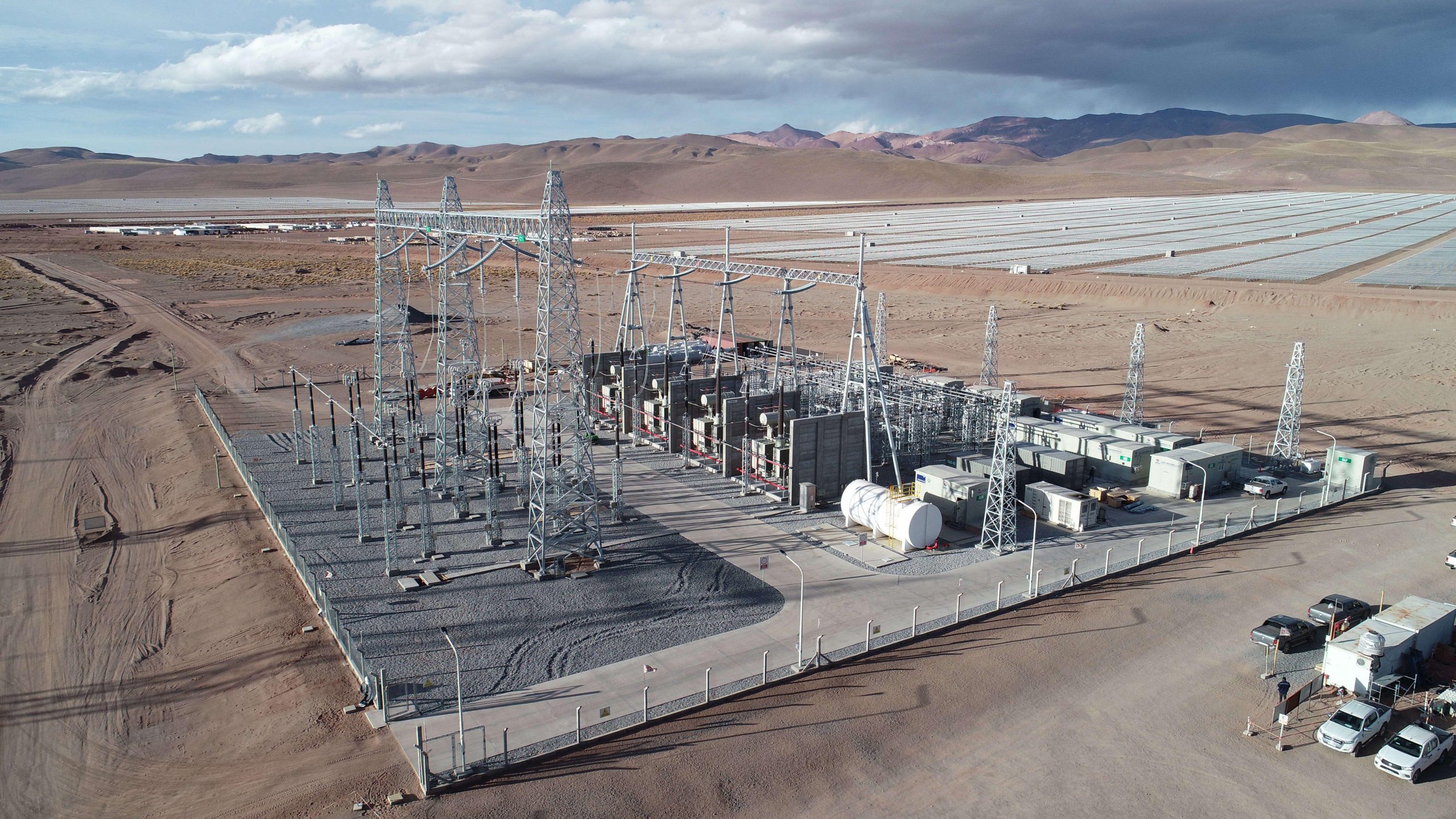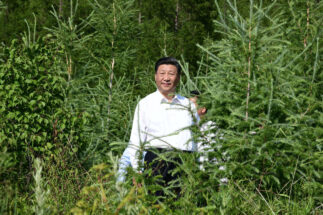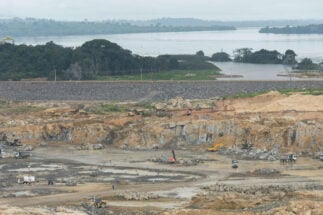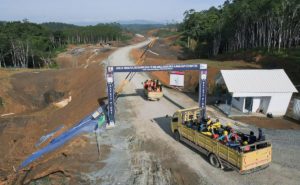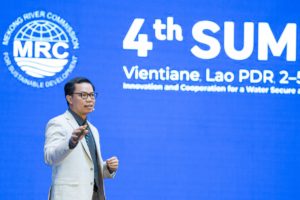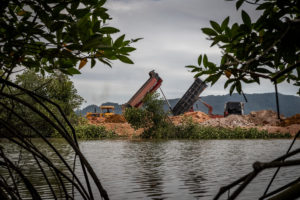With the news that Honduras has established diplomatic relations with China – and that China in turn has agreed to finance an expansion of Honduras’ Patuca hydropower complex – it is an important moment to reflect on the changing role of Chinese development finance in Latin America and the Caribbean.
Will China return to its pre-pandemic role as the major financier for state-owned oil companies such as Brazil’s Petrobras? Or will it make good on its commitment to boost support for green energy overseas? Just as importantly, will Chinese lenders implement Beijing’s new guidelines on “greening” its management of its overseas investments?
In considering sovereign lending to Latin America and the Caribbean, two of China’s major development finance institutions take centre stage: its policy banks, the China Development Bank and the Export-Import Bank of China. A decade ago, support from these institutions to the region rose to heights that rivalled the World Bank and Inter-American Development Bank, but during the Covid-19 pandemic that finance dropped to zero.
Two years later, Chinese finance to Latin America and the Caribbean is re-emerging and possibly pivoting into new sectors. Whereas early Chinese lending was heavily concentrated in large loans and credit lines for oil companies, recent and ongoing finance is shifting towards a “small is beautiful” approach of narrower and more focused project-based lending.
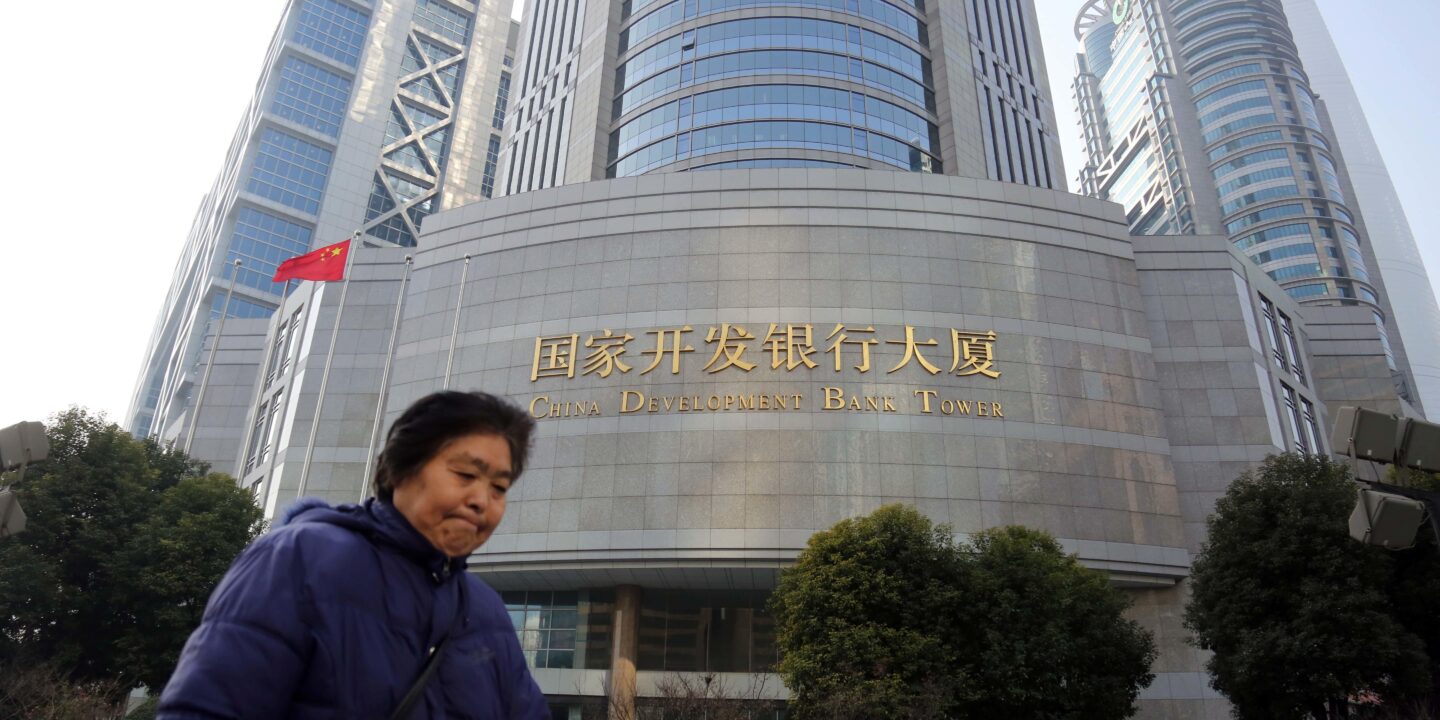
It is undoubtedly an encouraging sign that Chinese lending to Latin America and the Caribbean is shifting away from fossil fuels and toward more climate-savvy areas. Gone are the days of ten-digit credit lines for oil companies. Rising in their place are climate change mitigation and adaptation projects. In fact, two of the three new finance commitments announced in 2022 are in climate adaptation, with Chinese-backed projects to reinforce coastal roads in Barbados and Guyana. Loans that are likely to be negotiated this year include expansions of two major renewable energy projects: the Cauchari solar plant in northern Argentina and the Patuca hydropower complex in Honduras.
However, if “small” really is to be “beautiful”, Chinese-financed projects will also need to consider local environmental and social risks, as well as global ones. In other words, how the projects are planned and managed is as important for sustainability as what type of project is planned.
To be sure, a poorly planned and built green energy facility can result in considerable ecological damage and social conflict. Honduras’ own aborted Agua Zarca hydropower project – which China’s Sinohydro wisely left amid environmental conflict – serves as a stark reminder of the importance of project-level environmental and social risk management. Additionally, nearly half of carbon emissions in Latin America and the Caribbean come from land use change, such as tropical deforestation. Managing the local environmental impacts on forests and other ecosystems, as well as the communities that those ecosystems support, is an indispensable part of climate change mitigation in the region.
Making good on green guidance
A series of new sustainability guidelines issued from Beijing, and commitments across Latin America and the Caribbean, have shown that leaders are increasingly understanding that environmental and social risk management is key to project success, as well as the protection of local ecosystems and the communities they support.
In 2021 and 2022, major new Chinese government guidance included sustainability guidelines for the investment and construction sectors, as well as separate Green Finance Guidelines that encourage all lenders to develop accountability mechanisms to receive and resolve grievances.
China, Latin America and the Caribbean have an opportunity for a revamped finance relationship, based on commitment to sustainable development
There have also been significant shifts made in Latin America and the Caribbean. The region has long been a world leader in recognising the importance of healthy ecosystems to Indigenous and other traditional communities, embracing environmental rights for such groups through United Nations agreements and Convention 169 of the International Labor Organization (ILO). An important step forward has also been made through the Escazú Agreement, a regional treaty that commits to transparency, stakeholder participation and access to justice on environmental matters related to new project development.
Many of these guidelines and commitments were adopted during the Covid-19 pandemic, when new project finance was ebbing. But now, with projects beginning again in earnest, China, Latin America and the Caribbean have an opportunity to start this new era with a revamped finance relationship, based on principles and commitments to sustainable development.
In Brazil, for example, President Luiz Inacio Lula da Silva has promised strong environmental policies during his second spell in office, while his Chinese counterpart, Xi Jinping, has set “ecological civilisation” as a focus for development. The two had been set to meet in Beijing this week – a meeting many would have been looking to for signals on China’s evolving relationship with Latin America – but Lula postponed his visit due to illness.
The two larger-scale infrastructure projects still under discussion – the potential expansion of the Cauchari solar plant and the Patuca hydroelectric plant – are important opportunities to put these new commitments into practice. Each of these projects has the potential to make significant contributions to regional carbon emission reductions. However, at the local level, each also deserves environmental and social risks to be mitigated through their entire life cycles.
Specifically, project managers can glean insight for potential environmental and social risks the need for heightened environmental through these projects’ relation to three types of sensitive territory: national protected areas, Indigenous lands, and critical habitats for global biodiversity. For example, the Cauchari solar plant at its current size is already within all three types of sensitive territory, while Patuca is upstream from all three types, a crucial consideration for any major dam.
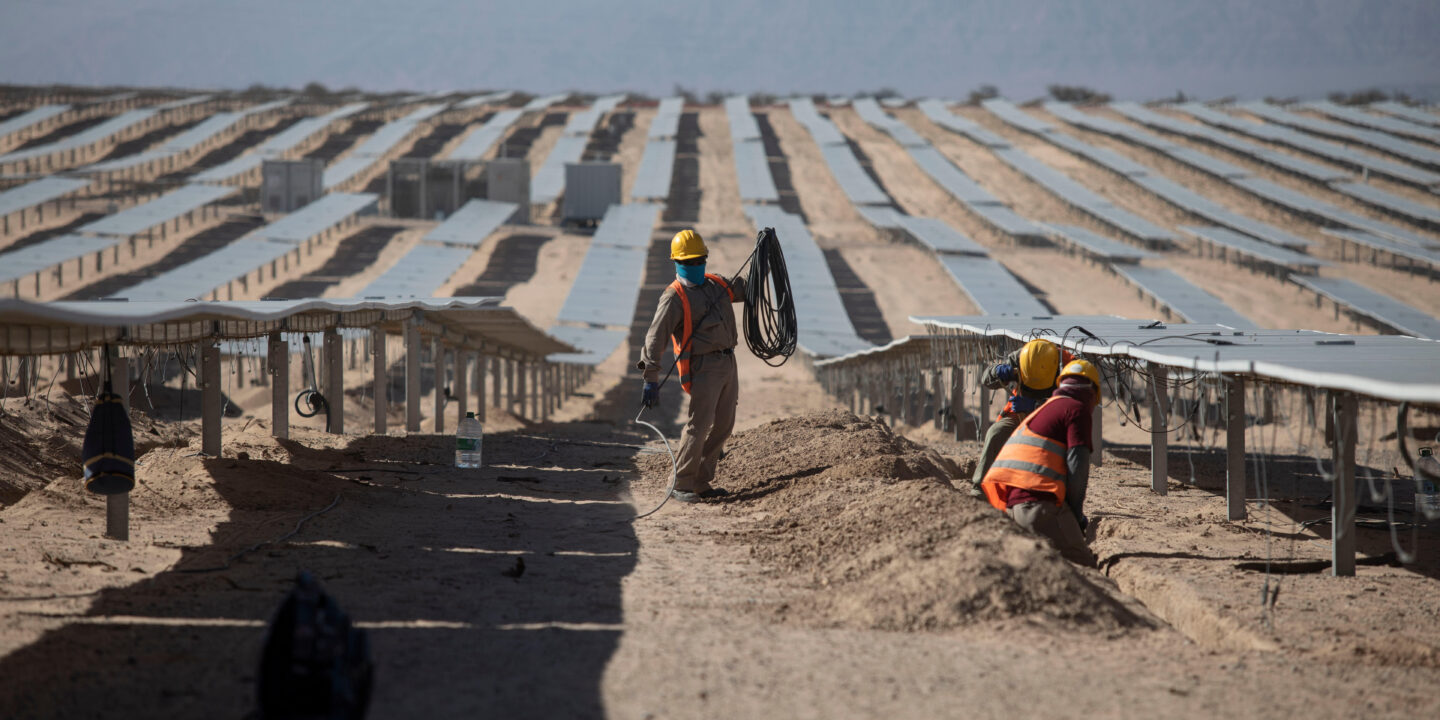
To be sure, projects are not necessarily unwise simply because of their proximity to sensitive territories, but their locations indicate the need for heightened environmental management and awareness of potential risks. Of course, these sensitive territories do not account for all the possible risks, but their globally understood definitions allow for making comparisons across countries.
Three factors are critical to environmental and social risk management in infrastructure projects: comprehensive environmental impact assessments (EIAs), meaningful stakeholder engagement and a commitment to transparency throughout the project lifecycle. If just these two Chinese projects are financed this year, it will be crucial for Chinese banks and contractors to ensure that EIAs are thorough, that Indigenous consultations include downstream as well as local communities, and that the entire process is transparent. By following these three steps, Chinese firms can ensure they are honouring China’s new green finance, construction and investment guidelines, as well as the host countries’ commitments under ILO Convention 169 and the Escazú Agreement.
If China sets a precedent by basing its financing decisions for these two projects on its new green guidelines, and managing any project it decides to finance accordingly, its pivot toward green energy will be a powerful force for sustainable development in Latin America and the Caribbean.
